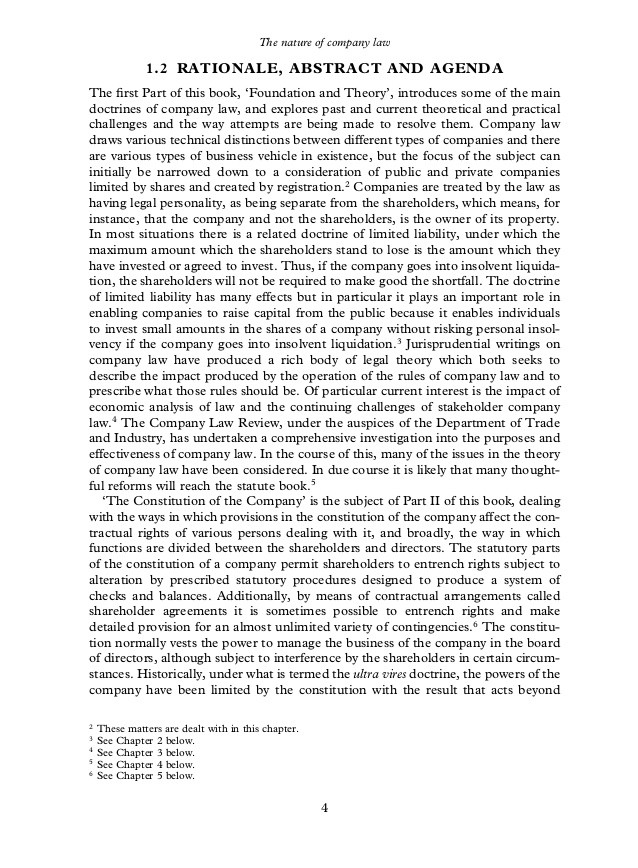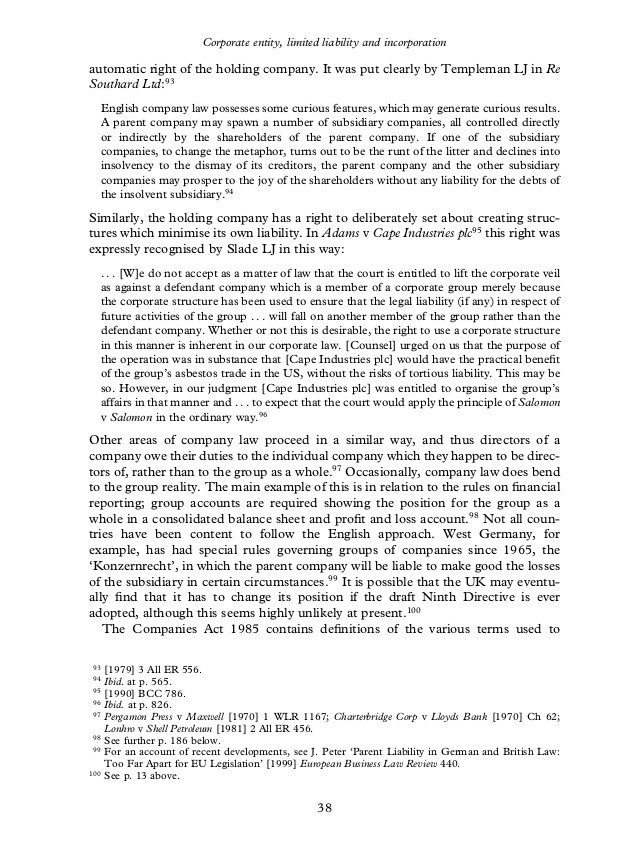Transfers to Investment Companies Pitfalls of Secs 351 And 721 Cohen Fund Audit Services
Post on: 29 Октябрь, 2016 No Comment

Transfers to Investment Companies: Pitfalls of Secs. 351 And 721
сен 11, 2013
In many instances, property can be contributed to an entity by its owners in exchange for ownership interests, without gain or loss being recognized on the contribution. For corporations, the general rule under Sec. 351(1) is that “no gain or loss shall be recognized if property is transferred to a corporation by one or more person solely in exchange for stock in such corporation and immediately after the exchange such person or persons are in control…of the corporation.” Similarly, the general rule under Sec. 721(a) states that “no gain or loss shall be recognized to a partnership or to any of its partners in the case of a contribution of property to the partnership in exchange for an interest in the partnership.” Both sections, however, contain lesser-known exceptions to the general non-recognition rules for investment companies. These rules may create unintended consequences for taxpayers who do not properly consider them when transferring appreciated property to an entity as an investment company.
Overview
The transfer-to-investment company (TIC) provision of Sec. 721(b) refers to Sec. 351. under Regs.Sec.1.351-1(c)(1), a TIC is defined as:
1. A transfer to a regulated investment company (RIC), real-estate investment trust (REIT), or corporations more than 80% of the value of whose assets (excluding cash and nonconvertible debt obligations) are held for investment and are readily marketable stocks or securities, or interests in RICs or REITs; and
2. The transfer results, directly or indirectly, in diversification of the transferors interests.
For the 80% test, Regs.Sec.1.351-1(c)(3) states that stocks and securities are considered readily marketable if “they are art of a class of stock or securities which is traded on a securities exchange or traded or quoted regularly in the over-thecounter market.” The definition of readily marketable securities includes convertible debentures, convertible preferred stock, warrants, and other stock rights if the stock for which they may be converted or exchanged is readily marketable.
Further under Regs.Sec.1.351-1(c)(3), stocks and securities are considered held for investment unless held primarily for sale to customers in the ordinary course of business or used in the trade or business of banking, insurance, brokerage or similar trade or business. As such, a corporation (or partnership) engaged in the active trade or business of securities trading (as opposed to investing activities) may also qualify as an investment company under Sec.351.

A transaction ordinarily results in the diversification of the transferor’s assets if two or more persons transfer non-identical assets to the entity in the exchange.
Example 1: A owns 100 shares of stock of publicly traded Y Corp. with a $2,000 basis and $10,000 fair market value (FMV). B owns 50 shares of publicly traded Z Corp. with a $12,000 basis and $10,000 FMV. A and B form partnership E, to which each contributes their securities. As both A and B achieve diversification in this transaction and E owns only marketable securities, these transfers fall under the TIC rules and must be treated accordingly.
Differences between Secs.351 and 721
Sec.351 and 721 have one significant difference. Transfers to investment partnerships under Sec. 721 will only be cause recognition of gains; losses will be deferred until the partnership sells the property. Thus, in Example 1, A would be required to recognize $8,000 gain on the transfer to E. However, B would not recognize the built-in loss (BIL) on contribution to E. Instead, E would take B’s carryover basis and holding period in the Z stock. On disposition of that security, B should be allocated the BIL under Sec.704(c). Gains and losses may not be netted by contributing partners in determining the gain to be recognized. As such, if a contributing partner contributes a portfolio of securities, the amount of gain to be recognized is determined on an asset-by asset basis. This may result in gains being triggered on a TIC, even if there is an overall loss on the portfolio being transferred.
Example 2: The facts are the same in Example 1, except that B contributes two different securities to E:














